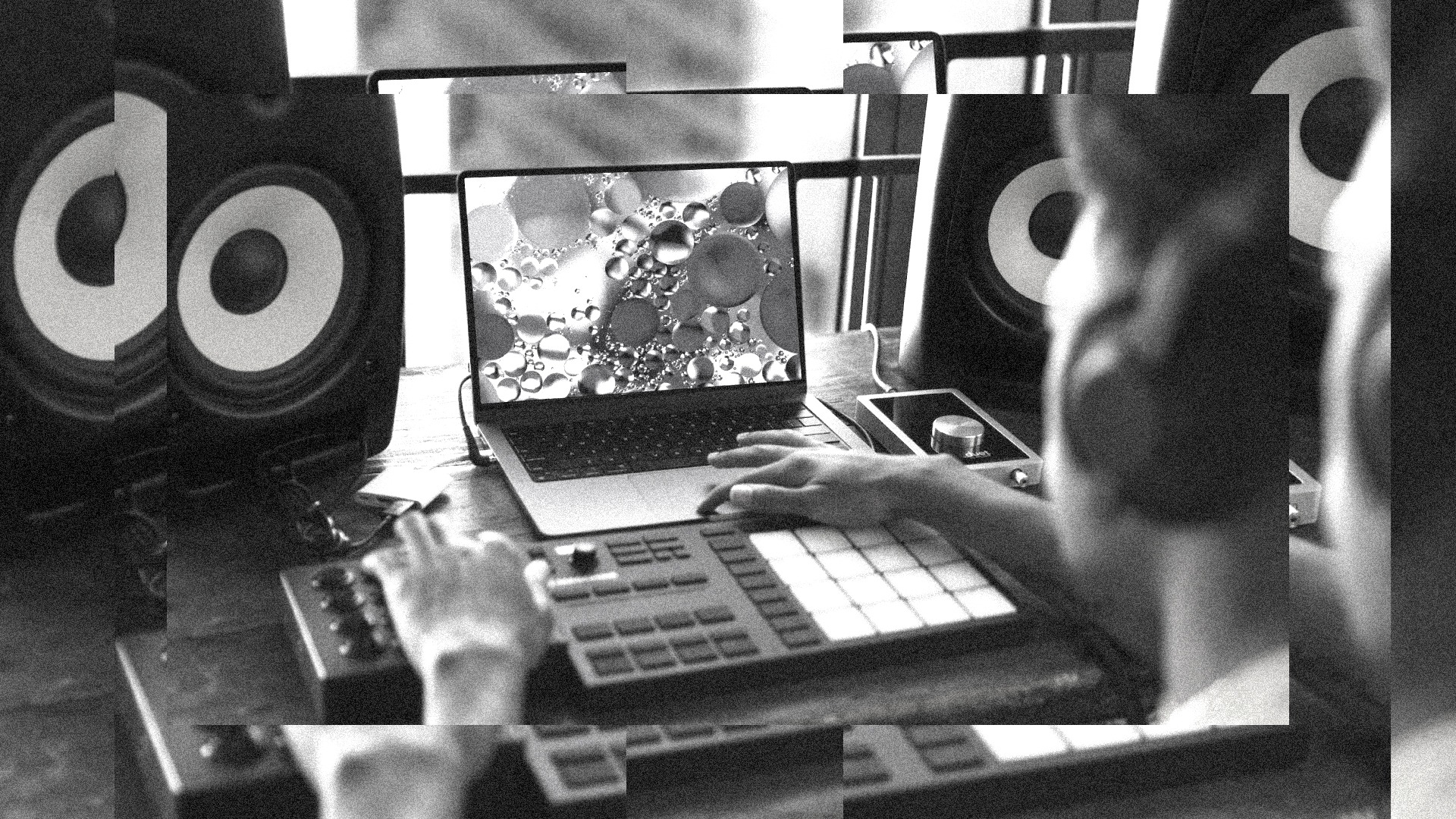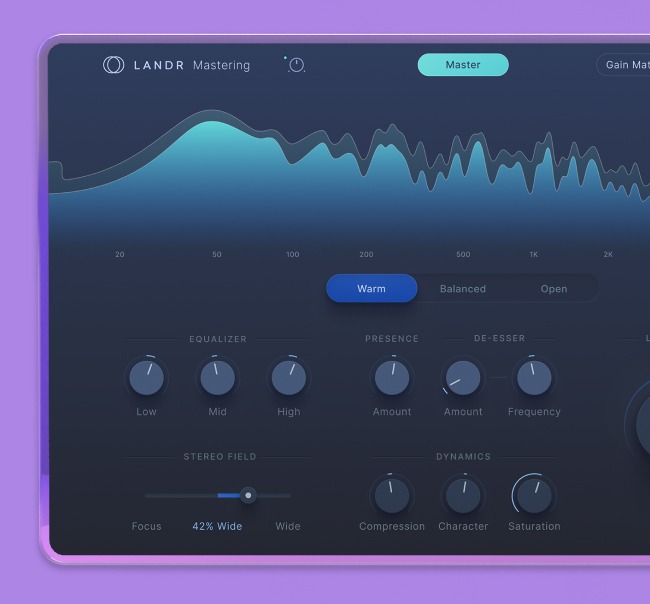
Hard Truths: Mixing is Making Small Changes

It’s easy to think of mixing as a magic process that turns raw tracks into slick productions.
Complicated tutorials and racks of rare gear in pro studios can make it seem like mixing tools completely transform the sound of the basic tracks in a session.
It is possible to totally reshape a sound with audio effects, but most changes you’ll make during your mix are much more subtle.
Here’s my hard truth for today: mixing is about making small changes.
That’s not meant to be discouraging. In this article, I’ll explain why tuning your ear into the smallest possible differences in your sounds will make you a better mixer.
Let’s get started.
Listen like a mix engineer
Pull up a mix you’re working on right now. Pick a channel and insert your favourite EQ plugin.
You need to train your ear to recognize what’s happening whenever you take an action in your mix.
Add the gentlest boost you can—let’s say, ~2 dB at 800 Hz with a Q of 1 or less.
Can you hear the difference? How about solo’d or in the mix?
Now try adjusting the fader ever so slightly. Maybe reduce the track’s overall volume by 1.5 dB.
Did it affect your mix?
If you can’t tell, it may be time to go back to the drawing board with ear training. Or take a hard look at the gear you’re using to mix. I’m talking about listening chain essentials like your headphones, audio interface or studio monitors.
Believe it or not, these minute differences can mean the difference between a vocal that sits musically on top of a mix and a completely buried singer that doesn’t pop.
To fix it you need to train your ear to recognize what’s happening whenever you take an action in your mix.
That means learning how to zoom in on the smallest details of your mix. They all matter!
Start with a solid foundation
If you know you’ll mainly be making subtle changes, you need to set yourself up for a successful mix.
That means you need to start with raw material that’s as close to a finished sound as you can make it.
Pay attention as you record your sounds and try to imagine them in the mix from the start.
Pay attention as you record your sounds and try to imagine them in the mix from the start.
Try to catch any issues as early in the chain as you possibly can. If an instrument has too much flabby low end or the singer’s mic is harsh and sibilant you need to deal with it right away.
These problems will only compound and get worse as you get to the mix stage. And the worst part? In many cases, plugins won’t fix it. Don’t miss your chance to get it right at the source.
That’s not to say that you can’t use exaggerated effects like pumping compression or ambient reverb when you’re getting your basic tones.
Just consider them “tracking” elements and apply the same approach to make them sound as finished as possible.
What’s easier? Fixing a sound that doesn’t work, or just recording it again? I choose the second option every time.
Modern mixing tools can do a lot. In some cases, they truly can save something that seems unfixable.
But the results will always be better if you start close to the target and get the rest of the way with tasteful, informed choices.
Everything adds up
Mixing is a series of decisions that starts the second you hit record and doesn’t end until the mastering process is complete.
Every call you make in the beginning affects other choices that happen later in the process.
Here’s what I mean.
Mixing is a series of decisions that starts the second you hit record and doesn’t end until the mastering process is complete.
Let’s go back to the sibilant vocalist example.
If you notice the harsh “S” sounds sticking out while tracking vocals, you’ll have a few options.
The best is to change the microphone for one with less sensitivity in the upper mids.
But if you’re short for time and want to press on with the session you may consider trying to tame it with a de-esser during the mix instead.
Unfortunately, the effect of sibilance gets even more distracting once you add compression and EQ.
It’s particularly bad considering most pop vocal processing includes boosting the high end for extra air and compressing aggressively with multiple stages of compression.
It might have seemed OK at the time, but that sibilance is going to get much worse.
Your de-esser will help, but now you’ll have to use it far more intensively—and that comes with consequences.
You can only limit the S’s so hard before the de-esser turns them into unnatural bursts of sound. And there’s no going back!
Developing the instincts for what will work and what won’t takes practice, but it’s one of the best habits you can get into as an engineer.
Incremental changes
Every great mix starts with great sounds and ends with strict attention to detail.
To get there you’ll have to develop a sense for how powerful the smallest adjustments in a mix really are.
Whether that means working on your ear training, upgrading your listening chain or simply changing your approach, you need to start paying attention to the little things.
Gear guides, tips, tutorials, inspiration and more—delivered weekly.
Keep up with the LANDR Blog.





